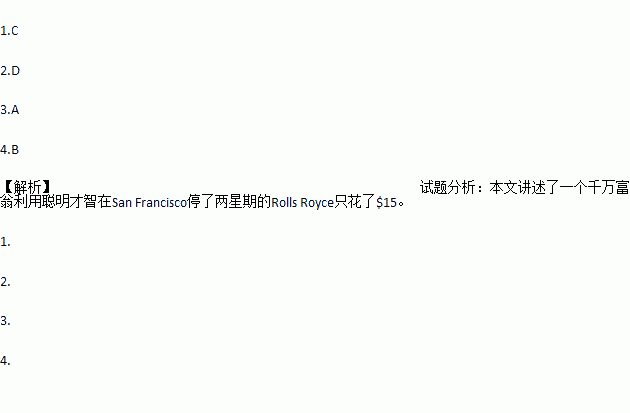Understanding the Loan Payment Equation: A Comprehensive Guide to Managing Your Finances
#### Introduction to the Loan Payment EquationThe **loan payment equation** is a crucial financial formula that helps borrowers determine their monthly paym……
#### Introduction to the Loan Payment Equation
The **loan payment equation** is a crucial financial formula that helps borrowers determine their monthly payments on loans. Understanding this equation is essential for anyone looking to take out a mortgage, personal loan, or any other type of financing. The equation typically takes into account the loan amount, interest rate, and the number of payments to be made.
#### Breaking Down the Loan Payment Equation
The standard formula for the **loan payment equation** is:
\[ M = P \frac{r(1 + r)^n}{(1 + r)^n - 1} \]
Where:
- \( M \) is the total monthly payment.
- \( P \) is the principal loan amount.
- \( r \) is the monthly interest rate (annual interest rate divided by 12).

- \( n \) is the number of payments (loan term in months).
This formula allows borrowers to calculate their monthly payments accurately, providing a clear picture of their financial obligations.
#### Importance of the Loan Payment Equation
Understanding the **loan payment equation** is vital for effective financial planning. By knowing how to calculate your monthly payments, you can make informed decisions about how much you can afford to borrow. This knowledge can help you avoid taking on more debt than you can handle, ensuring that you maintain a healthy financial balance.
Additionally, the **loan payment equation** can aid in comparing different loan offers. By inputting various interest rates and loan amounts into the equation, you can quickly see which loan terms will result in lower monthly payments, helping you to choose the best financial option.
#### Factors Influencing the Loan Payment Equation
Several factors can impact the results of the **loan payment equation**. These include:

1. **Interest Rates**: A higher interest rate will increase your monthly payments, while a lower rate will decrease them. Understanding how interest rates affect your loan can save you money over time.
2. **Loan Amount**: The principal amount you borrow directly influences your monthly payments. Larger loans will result in higher payments, while smaller loans will be more manageable.
3. **Loan Term**: The length of time over which you repay the loan (n) also plays a significant role. Longer loan terms typically result in lower monthly payments but may lead to paying more interest over the life of the loan.
#### How to Use the Loan Payment Equation
To effectively use the **loan payment equation**, follow these steps:
1. **Determine Your Loan Amount**: Decide how much money you need to borrow.
2. **Find Your Interest Rate**: Research current interest rates to find a competitive rate for your loan type.

3. **Choose Your Loan Term**: Decide how long you want to take to repay the loan. This will affect your monthly payments and total interest paid.
4. **Plug the Numbers into the Equation**: Use the formula to calculate your monthly payment based on the figures you’ve gathered.
5. **Analyze Your Results**: Review the calculated payment to ensure it fits within your budget. If it’s too high, consider adjusting your loan amount or term.
#### Conclusion
In conclusion, the **loan payment equation** is an invaluable tool for anyone considering taking out a loan. By understanding how to use this equation, you can make better financial decisions, manage your budget more effectively, and ultimately save money in the long run. Whether you're a first-time borrower or an experienced one, mastering the loan payment equation will empower you to navigate your financial journey with confidence.